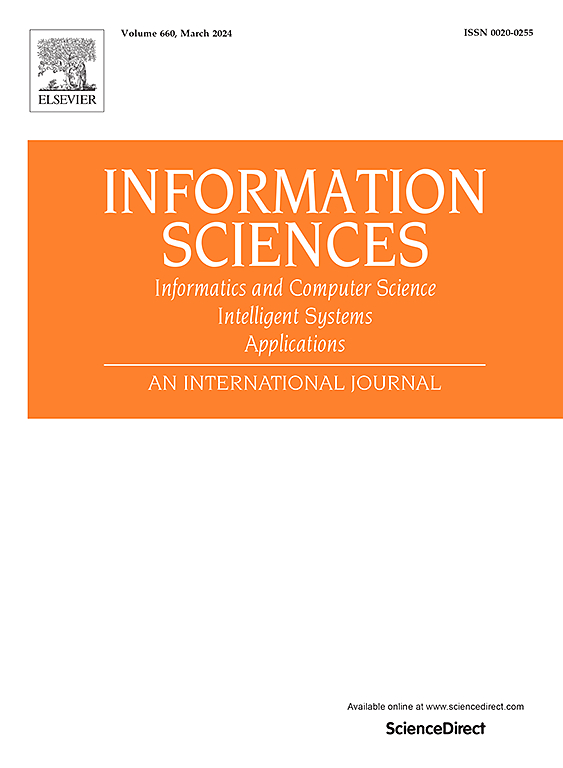Enhanced classification of motor imagery EEG signals using spatio-temporal representations
IF 8.1
1区 计算机科学
0 COMPUTER SCIENCE, INFORMATION SYSTEMS
引用次数: 0
Abstract
Deep learning has shown promising results in motor imagery brain-computer interfaces. However, most existing methods fail to account for the topological relationships between electrodes and the nonlinear features of electroencephalogram (EEG) signals. To address this, we propose a model combining Gramian Angular Fields (GAF) and Phase-Locking Value (PLV) with a parallel convolutional neural network (CNN). GAF captures time-domain nonlinear features, while PLV represents spatial features based on electrode topology. Comparative experiments between the end-to-end parallel CNN model and the model with spatiotemporal feature representation demonstrate that considering both time-domain correlations and electrode topology significantly enhances model performance. Furthermore, when separately evaluating the temporal and spatial features of EEG signals, the results confirm that jointly considering spatiotemporal features leads to a substantial improvement. On the Physionet dataset, our model achieves an accuracy of 99.73% in binary classification tasks and 83.37% in four-class classification tasks, showing improvement over the comparison algorithms used in the paper.
基于时空表征的运动图像脑电信号增强分类
深度学习在运动图像脑机接口方面显示出了令人鼓舞的成果。然而,大多数现有的方法都没有考虑到电极之间的拓扑关系和脑电图信号的非线性特征。为了解决这个问题,我们提出了一个将格拉曼角场(GAF)和锁相值(PLV)与并行卷积神经网络(CNN)相结合的模型。GAF捕获时域非线性特征,而PLV表示基于电极拓扑的空间特征。端到端并行CNN模型与时空特征表示模型的对比实验表明,同时考虑时域相关性和电极拓扑可以显著提高模型的性能。此外,当单独评估脑电信号的时空特征时,结果证实了联合考虑时空特征可以显著改善脑电信号的识别效果。在Physionet数据集上,我们的模型在二元分类任务中达到99.73%的准确率,在四类分类任务中达到83.37%的准确率,比本文使用的比较算法有所提高。
本文章由计算机程序翻译,如有差异,请以英文原文为准。
求助全文
约1分钟内获得全文
求助全文
来源期刊

Information Sciences
工程技术-计算机:信息系统
CiteScore
14.00
自引率
17.30%
发文量
1322
审稿时长
10.4 months
期刊介绍:
Informatics and Computer Science Intelligent Systems Applications is an esteemed international journal that focuses on publishing original and creative research findings in the field of information sciences. We also feature a limited number of timely tutorial and surveying contributions.
Our journal aims to cater to a diverse audience, including researchers, developers, managers, strategic planners, graduate students, and anyone interested in staying up-to-date with cutting-edge research in information science, knowledge engineering, and intelligent systems. While readers are expected to share a common interest in information science, they come from varying backgrounds such as engineering, mathematics, statistics, physics, computer science, cell biology, molecular biology, management science, cognitive science, neurobiology, behavioral sciences, and biochemistry.
 求助内容:
求助内容: 应助结果提醒方式:
应助结果提醒方式:


